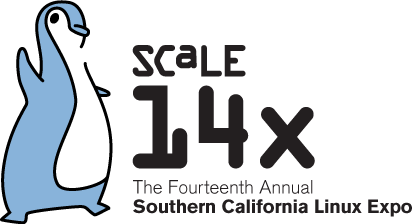Measuring the health of your Open Source Project: For your Employer, for your Community, and for You


In the world of OSS, we have at our fingertips a wealth of free and open tools that make our technology work better. But when it comes to measuring the health of a given Open Source project, most tools are proprietary, siloed, and frankly ineffective. To make assessments and decisions about their projects, organizations have taken to building their own OSS health measurement platforms. But what are we all measuring, and why?
We’ve all heard about nebulous concepts like “engagement,” and how important it is to have an active community, but it’s rare to find a deeper analysis of these concepts. When people do pin down precise metrics, they tend to be shallow and uninformative. The number of stars on a given repo is likely not an actual reflection of a project’s health.
So what metrics should we pay attention to in OS? It depends on which aspect you’re attempting to measure. A project’s technical status will have different metrics from a project’s community status, but they’re both crucial to the project’s overall health; without community, there can be no open source software at all.
We’ll discuss what, why, and how to measure the health of open source projects, and what to do with the data once you have it. With a clear picture of your organizational and community data, you can iterate to make your project the absolute best it can be.


